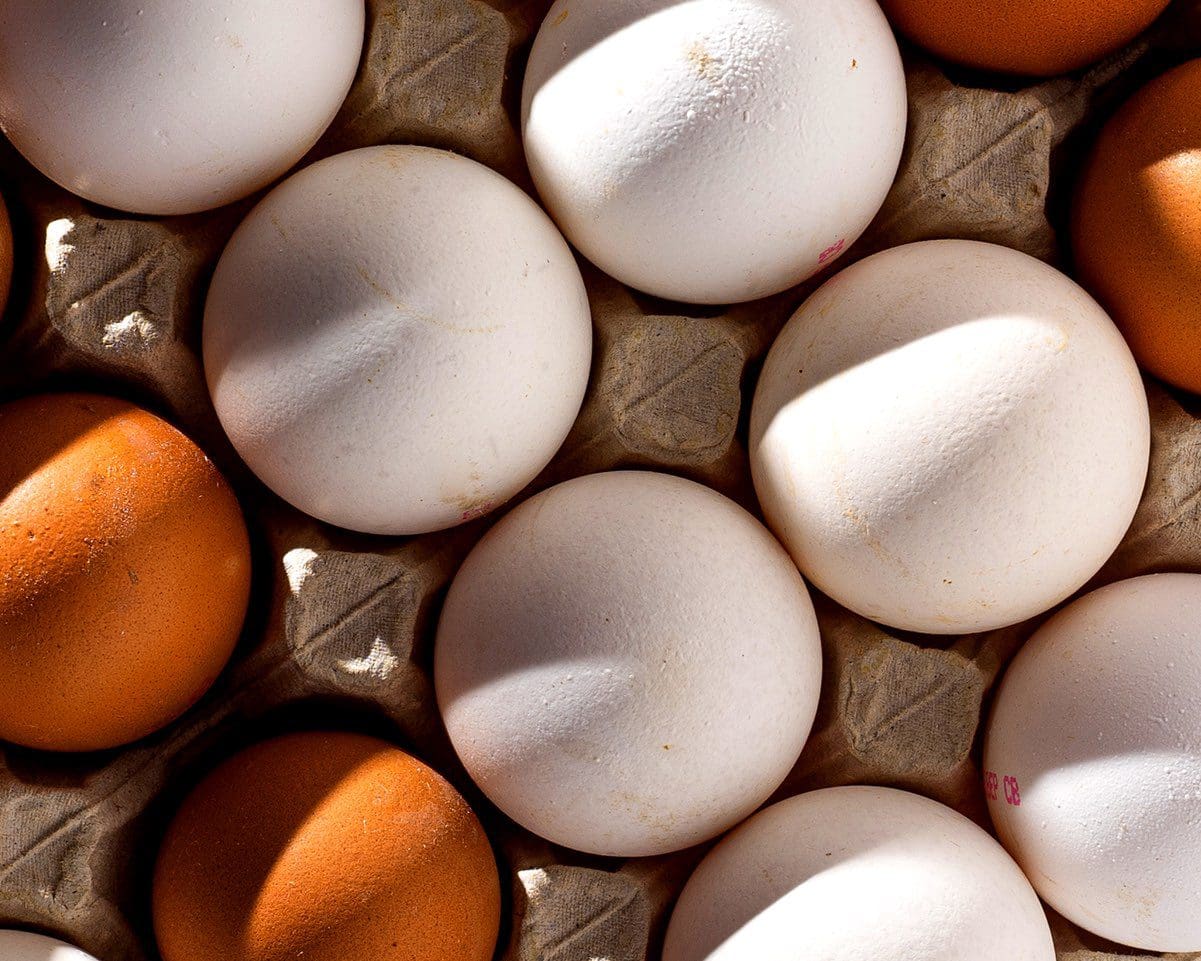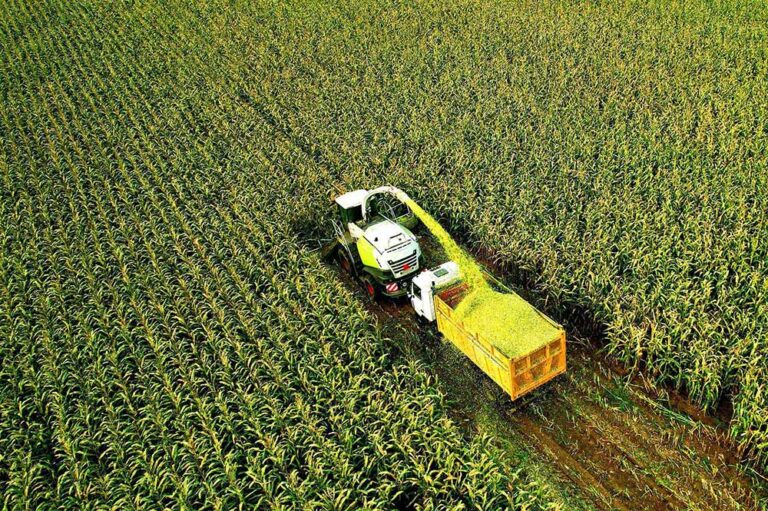From NAE to NAIHM: changing trends in poultry production
Chicken meat labeled as no antibiotics ever (NAE) has become increasingly popular among consumers over the past ten years. According to the WATT-Rennier Poultry Confidence Index, in 2014 only 3% of the industry raised birds NAE. A survey taken in early WATT Global Media’s annual Poultry Nutrition & Feed Survey found that 83% of respondents had at least some NAE production, and 34% of respondents had facilities that were completely NAE. Despite the huge rise in the production of NAE chicken, some large players, both producers and buyers, are starting to take a step back from this label.
In 2023, a major processor of chicken switched from an NAE label to a no antibiotics important to human medicine (NAIHM) label. Earlier this year, a significant fast-food buyer of U.S. chicken also shifted from buying only NAE chicken to buying NAIHM. Meat inspection by the FSIS and enforcement of the Veterinary Feed Directive ensure that no matter what the label on the package is, the meat we are eating never has any antibiotics in it. However, in 2024, the FSIS found that whole chicken carcasses had a 5.35% prevalence of Salmonella, 76.7% of which was identified as strains that commonly cause human illness. Additionally, there was a 25% prevalence of Campylobacter. These are the highest numbers of the past five years. To increase the production of NAE chicken, it seems the poultry industry is having to deal with a greater prevalence of the issues that antibiotics are used to combat: disease-causing bacteria in chicken.
Additionally, NAE chicken is seen as both a welfare and a production issue by some, as it may result in flocks with more disease which lowers livability and growth. These are some of the reasons why large companies are starting to move away from NAE to NAIHM. NAIHM allows chickens to be treated with antibiotics that are not important to human medical applications, thus limiting the risk of increased antibiotic resistance, which was a primary driver of the NAE movement.
Shouldering the demand: scapula’s place in the turkey market
Fresh boneless tom breast meat is generally considered a more sought-after product than fresh scapula, which is reflected in the prices. Despite boneless breasts making up over two times the carcass yield as scapula, Expana’s quotations reveal that over the past 20 years, the average price of fresh tom breast meat is more than $1.00 greater than that of scapula (Roberson et al., 2003; Expana, 2024). If you look at a comparison of quotations for fresh boneless tom breast meat and fresh scapula, you will notice that the two very closely align with each other regarding price changes. They have a moderate correlation with each other in which nearly half of scapula prices can be directly explained by boneless tom breast meat prices.
As prices for boneless tom breast move higher, the affordability of scapula outweighs the sentiment of it being a less desirable cut in manufacturers’ minds. This leads to increased buying, which draws scapula prices upwards as well. However, when looking at the data, we can see that prices for boneless tom breast meat are generally much more volatile than scapula prices. This makes scapula not only a more affordable option for manufacturers but a more consistent one as well. Frozen offerings of scapula typically follow fresh offerings very closely, however, over the past year and a half we have started to see a bit of a split in those quotations. The year-to-date (YTD) average split for ’24 is nearly 30 cents higher than the YTD five-year average.
This widening spread closely follows the trend of the spread between fresh and frozen boneless tom meat which is approximately 51 cents higher than the five-year average YTD. Interestingly, the quote for frozen tom breast meat is now over nine cents cheaper than the price for fresh scapula. Certain contacts have mentioned making more permanent moves towards scapula in their formulation, due to the lower volatility, as well as the way it performs in their product. This may be influencing the increased price of fresh scapula compared to frozen tom breast meat, something that the industry had never seen before June 10th of this year. At Expana, we will be sure to continue keeping an eye on these developments in the white meat side of the turkey industry.
For the latest in poultry, eggs and dairy, save your seat at our upcoming webinar series below.
Written by Nick Wood



